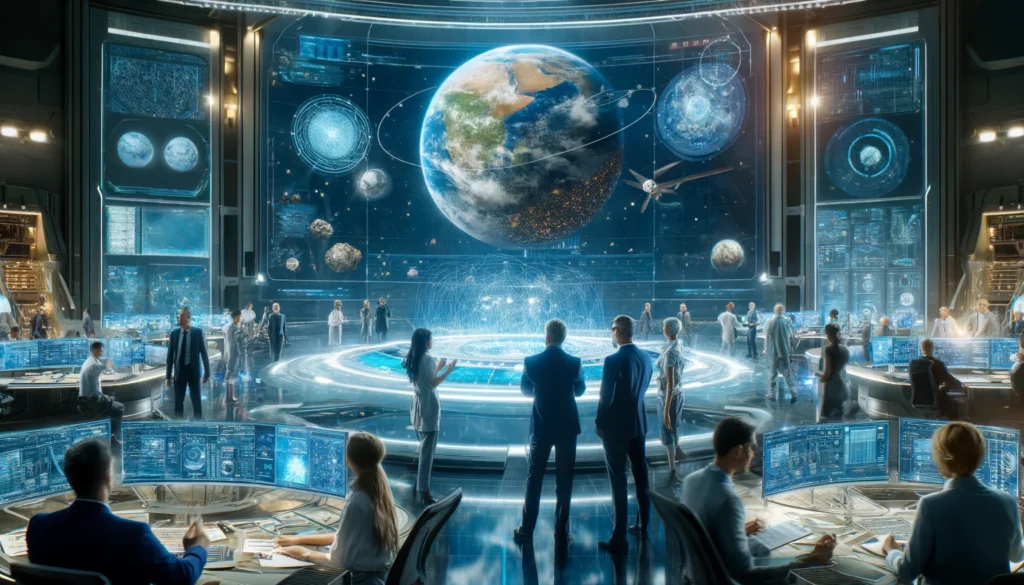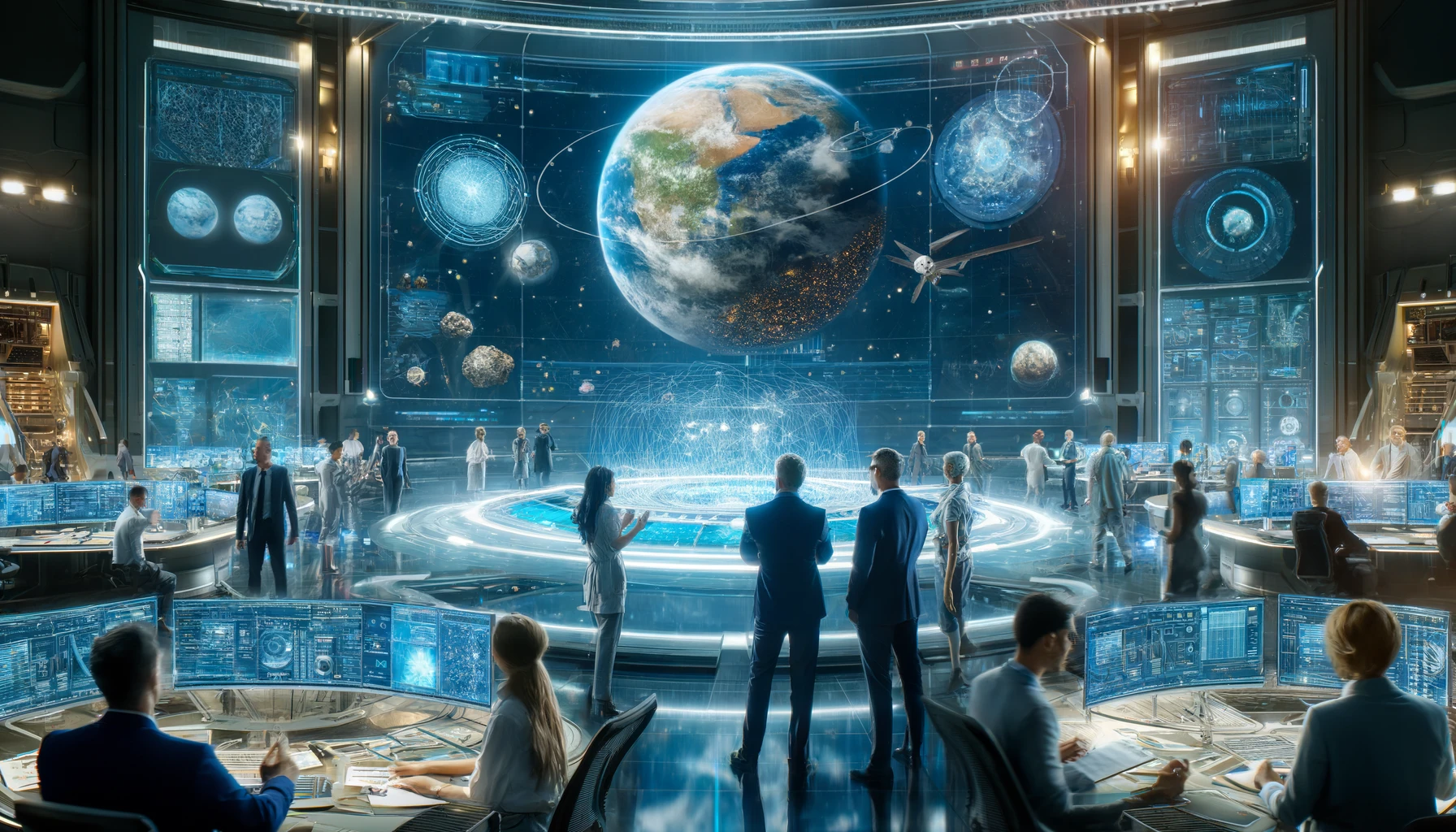NASA, space sustainability, orbital safety, space debris, Earth orbit, space environment, debris management, space situational awareness, international collaboration, technology development
“Explore NASA’s groundbreaking Space Sustainability Strategy aimed at addressing the critical challenges of space debris and orbital safety. Delve into the strategic goals, collaborative efforts, and technological advancements that define NASA’s vision for a sustainable and secure space environment.”

NASA Unveils Comprehensive Space Sustainability Strategy Amid Growing Orbital Challenges
NASA has embarked on a pioneering journey to address the burgeoning concerns of space sustainability, introducing a novel strategy focused on comprehensively understanding the complexities of Earth’s orbital environment. Launched on April 9, the initiative signifies NASA’s commitment to mitigating the escalating risks associated with space debris.
At the heart of NASA’s initiative is the Space Sustainability Strategy, unveiled in its initial volume, delineating six key objectives. The strategy, articulated by NASA Deputy Administrator Pam Melroy at the 39th Space Symposium, underscores the necessity of grasping the intricate nature of space sustainability challenges. Melroy highlighted the inadequacy of simplistic approaches to the growing problem, stressing the need for a nuanced understanding that transcends conventional wisdom.
Central to the strategy is the development of a universally recognized framework for assessing space sustainability. This framework, as Melroy elucidated, will be the linchpin for achieving clarity on the multifaceted issues at play. The collaboration with both domestic and international entities is pivotal in crafting this comprehensive perspective, aiming to blend economic and technological considerations into the sustainability discourse.
Charity Weeden, NASA’s associate administrator for the Office of Technology, Policy, and Strategy, emphasized the complexity of the task at hand. The framework is set to facilitate a deeper comprehension of the interplay between various factors affecting space safety, paving the way for identifying and addressing the most pressing uncertainties.
The strategy’s second goal is to enhance capabilities in monitoring and predicting space environmental conditions. This involves pioneering advancements in operational methodologies, debris limitation practices, and risk management for existing space debris.
Technological investment, as per Melroy, will follow the establishment of a robust understanding of these challenges. NASA aims to develop a suite of technologies tailored to the identified needs, encompassing areas like orbital debris management, space situational awareness, traffic coordination, and environmental intelligence.
Policy reform and collaboration form another cornerstone of NASA’s strategy. The agency is set to revise its internal policies to better support initiatives like active debris removal. Furthermore, NASA plans to foster cooperation with other federal entities, commercial partners, and international stakeholders, exemplified by its ongoing partnership with the Office of Space Commerce on the Traffic Coordination System for Space (TraCSS).
The culmination of NASA’s strategic plan involves the appointment of a director of space sustainability, who will spearhead the strategy’s implementation. While funding specifics remain under discussion, NASA’s immediate focus is on developing a concrete action plan, with potential budget allocations for technology development expected to surface in future fiscal proposals.
Melroy reiterated NASA’s dedication to a scientific and technological approach, steering clear of regulatory or operational ambitions. The strategy’s urgency was underscored by a recent near-miss incident involving NASA’s TIMED spacecraft and a defunct Russian satellite, highlighting the critical need for proactive measures in space sustainability.
Through this comprehensive strategy, NASA not only aims to safeguard the orbital environment but also to foster a collaborative, global effort towards long-term space sustainability.
